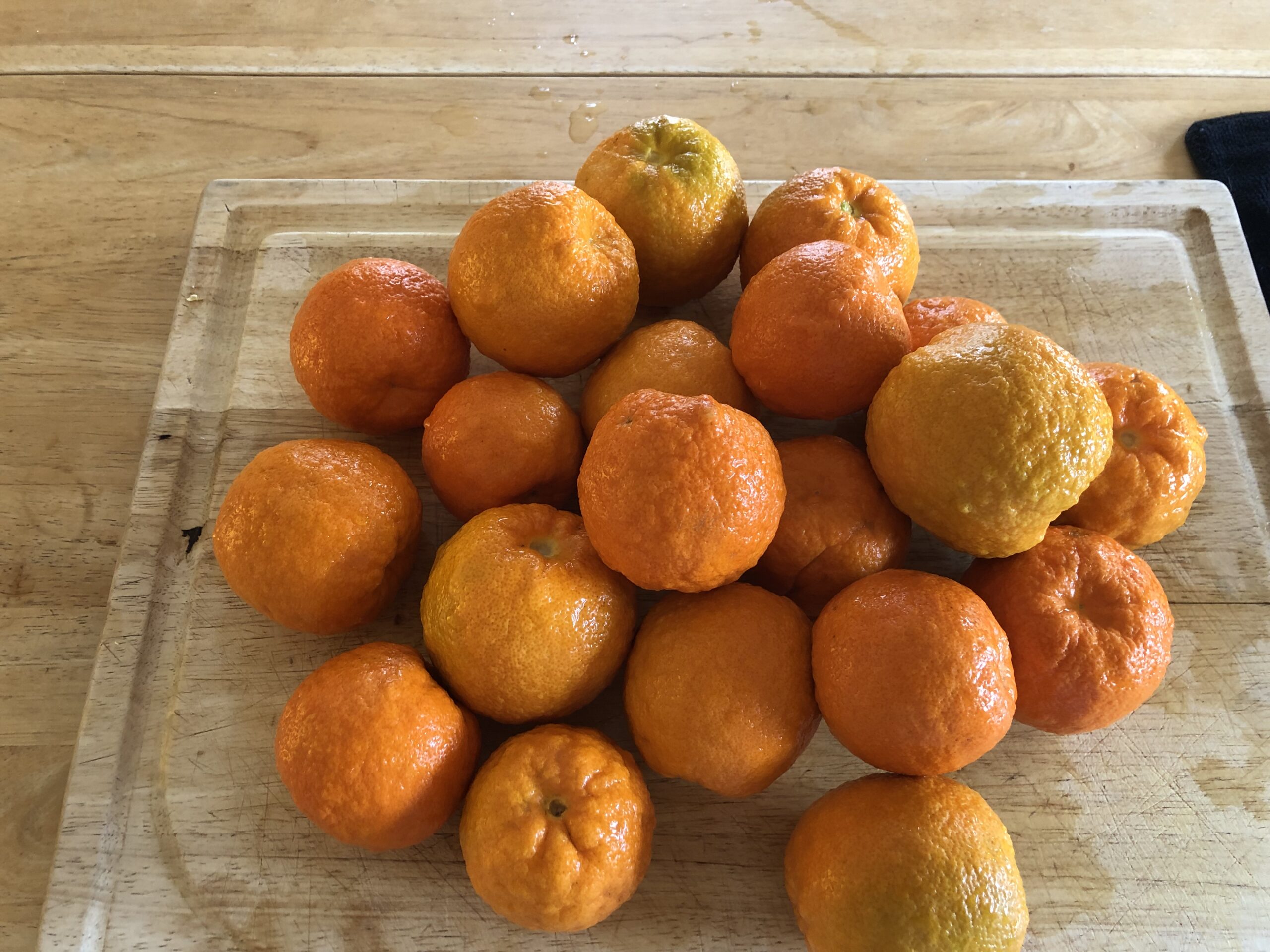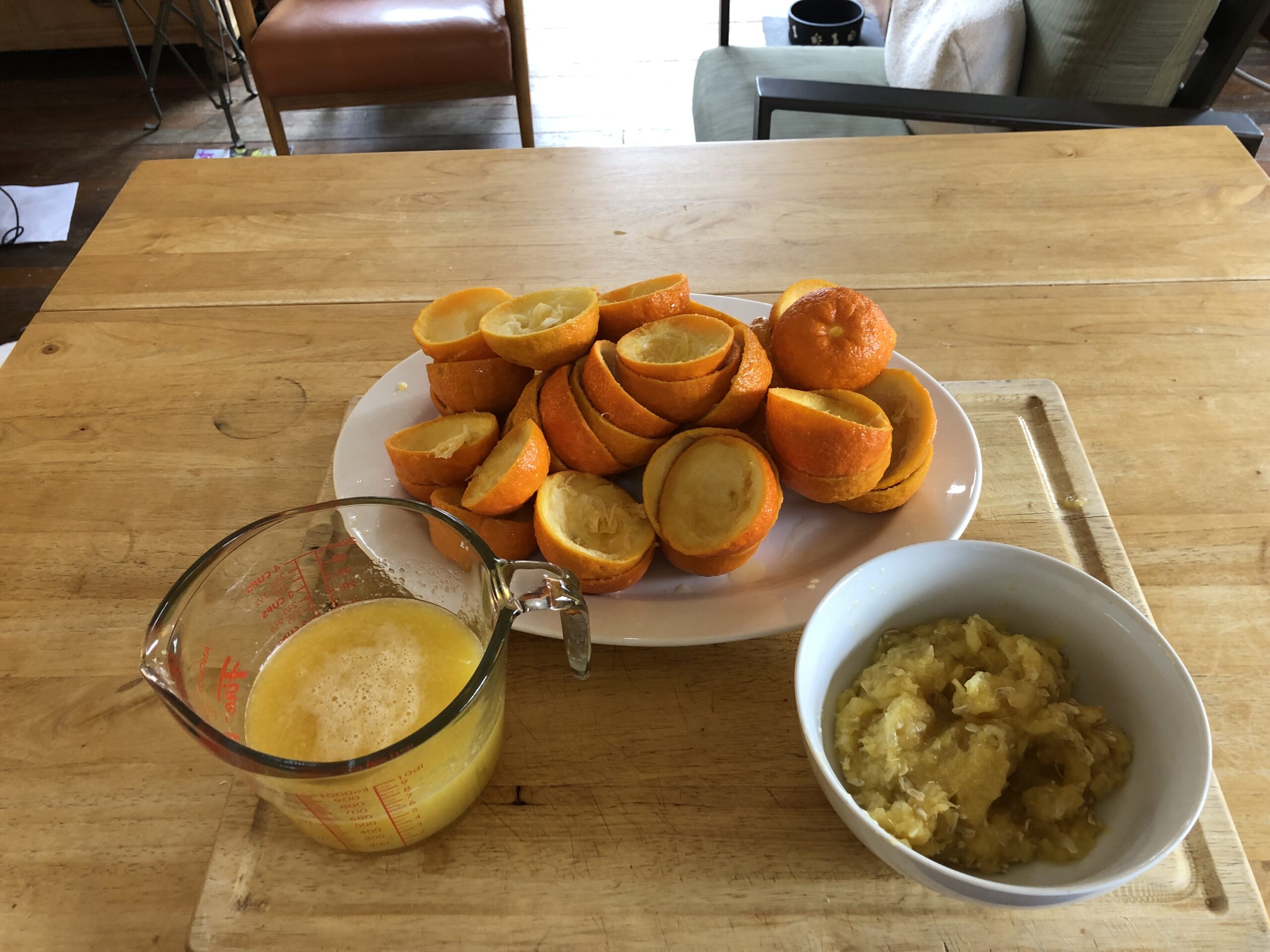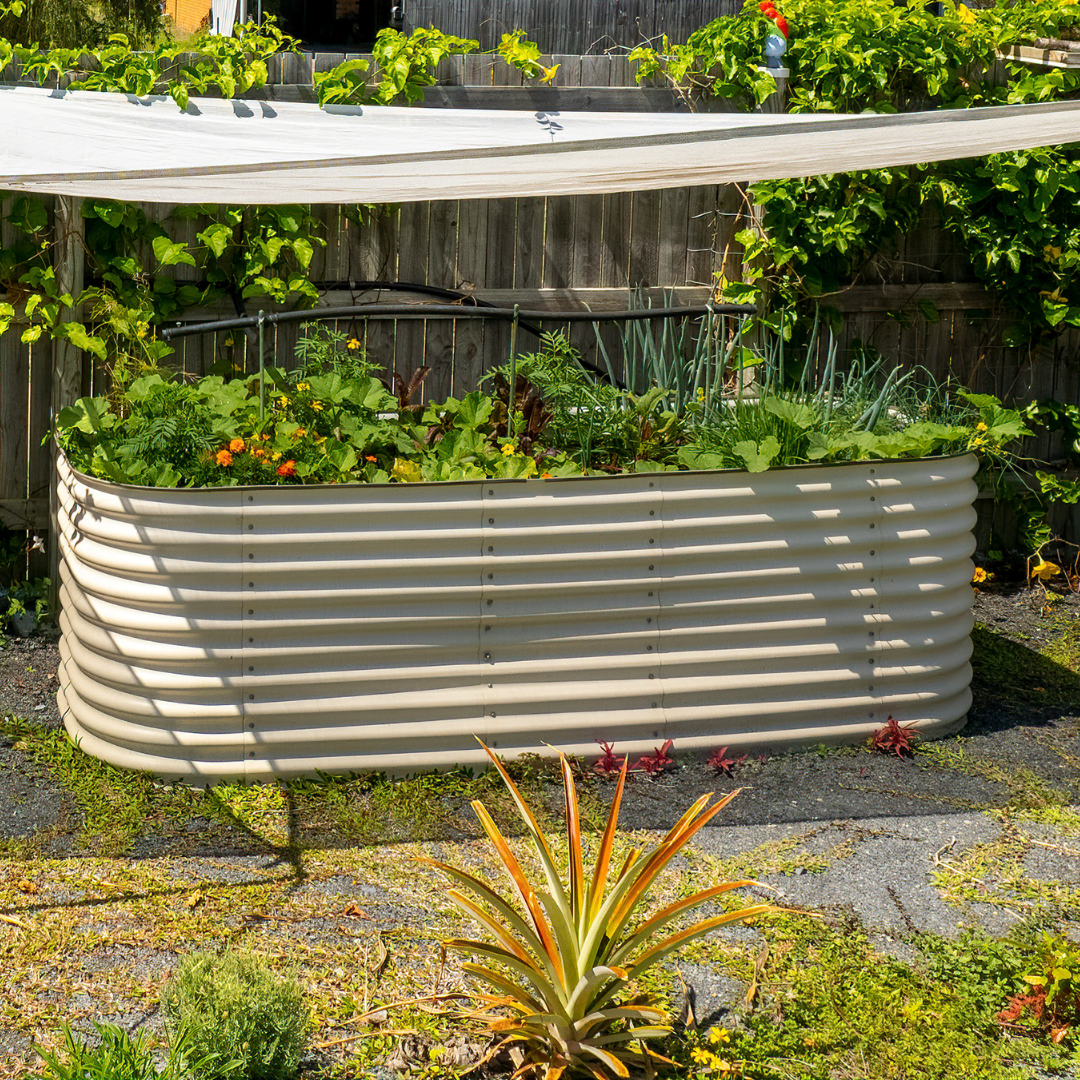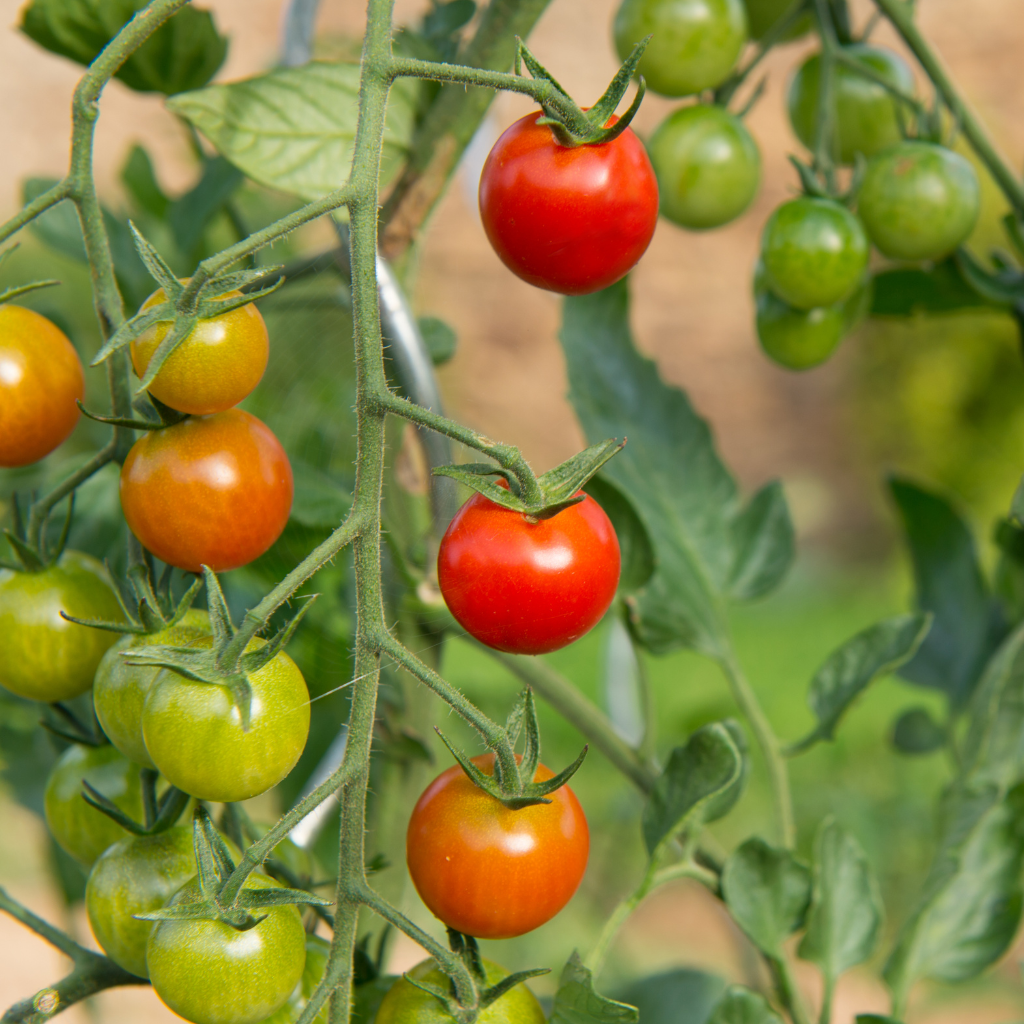
So, what can you do with Seville oranges?
Seville oranges are packed with pectin, the natural gelling agent that’s perfect for making jams and jellies. When these oranges made their way to the British isles, they sparked the creation of Seville orange marmalade, which the British absolutely adore. A quick internet search will lead you to countless recipes claiming to be the “best” or “most authentic,” along with annual contests and serious bragging rights. It’s a big deal over there! Following one of these recipes will yield a marmalade quite unlike the typical grocery store variety. Moreover, Seville oranges can be used in various culinary creations, including marinades, curd, cake, ceviche, and even bitters. Basically, anything you’d use a lemon or lime for, you can do with Seville oranges.
Marmalade 101
The National Center for Home Food Preservation says “Marmalades are soft fruit jellies containing small pieces of fruit or peel evenly suspended in the transparent jelly. They often contain citrus fruit”. Orange marmalade includes just a few ingredients: the oranges, maybe some lemon, sugar, and water. As you might have guessed, the techniques for processing the oranges and the amount and type of sugar used varies.Here’s a little break down of parts of the orange: you’ve got the zest or outer rind, the white pith or albedo just beneath the zest, the juice, the pips or seeds, and everything else (the membrane around the segments, the core, and the leftover pulp after juicing). It’s worth noting that every part, including the pips, plays a crucial role in the marmalade, whether as a flavor source or a pectin provider.
You have many options when making marmalade, and the first step is to choose your desired consistency. How chunky and what parts do you want to include in your marmalade? The first time we made marmalade, we thinly sliced the whole orange after juicing and included everything except the pips (seeds). It was tasty, but too chunky to spread.

Marmalade Recipe and Process
A few Notes about Seville Oranges
- Seville orange juice is highly acidic. I recommend you use non-reactive containers such as stainless steel or glass, otherwise you might get some off flavors. Also, wear hand protection when you are working with the juice if you have sensitive hands.
- We used 20 of our Seville oranges (about 5 pounds) to get to 2 1/8 cups (500ml) of juice, as our oranges yielded less juice than commercially cultivated Seville oranges. We then used 1 1/2 pounds (700 grams) of zest and 1 1/3 pounds (600 grams) of ‘everything else’.
- Be aware that jellies, jams, and marmalades are notorious for boiling over, so use the proper sized pot for cooking. We used a 12 quart stew pot for this recipe.
- We had to bring the pot to a rolling boil to reach the set-point or gelling temperature as the simmer alone wasn’t enough.
So, what do you think… are you ready to give this marmalade a try? It’s a delicious garden to table recipe, and I would be willing to bet you have at least a few neighbors that have plenty of sour oranges and no idea what to do with them!
For more garden to table recipes and tips, don’t forget to follow me on Instagram and Facebook!







